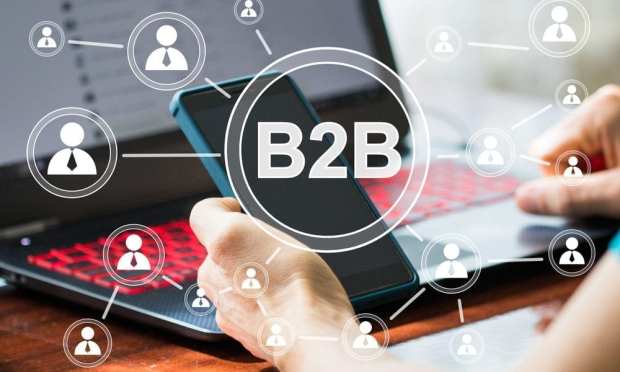Can Better (Digital) Credit Help SMBs Thrive?

When food delivery startup Munchery closed its doors in January, it literally left dozens of small businesses holding the bag. Orders delivered to Munchery customers, and paid for by those customers, didn’t always mean the small- to mid-sized businesses (SMBs) that provided the goods got paid.
Just take the recent story of Three Babes Bakeshop in San Francisco. As PYMNTS reported, the local business is still owed some $20,000 for the weekly pie orders it provided Munchery. Indeed, the San Francisco-based company reportedly owes tens of thousands of dollars to its food suppliers, many of which are small businesses, and some of which told reporters they were never warned by Munchery of its plans to shut down.
This scenario is but one recent, and public, example of a practice that businesses large and small participate in every day, and every time they provide a service or ship a product to another business: they extend trade terms.
Those receivables, an asset to the business, are only an asset when they become cash in that SMB’s bank account. Until then, they can become a lock on that business’s access to the working capital it needs to grow and invest in itself, particularly as payments terms extend beyond 30 or 60 days — or worse, are never repaid at all in the event that a buyer goes bust. As much as 24 percent of monthly revenues for SMBs are tied up in accounts receivable or trade credit, which stymies cash flow.
Those smaller B2B operators “are not in the best position to be accepting and taking credit risks,” Sebastian Rymarz, chief business officer for Fundbox, told Karen Webster in a recent interview with PYMNTS.
“The risk can be devastating, especially if you have a lot of concentration” in one area, he said, riffing off the Munchery example.
And so began a spirited conversation about the complexities of B2B payments and the impact of trade terms on SMBs, particularly in the fastest growing part of the economy — online retail — and the complex set of relationships between the buyers and suppliers who are part of that supply chain.
Tabs and Cash
First, let’s take a brief detour into the olden days in order to illuminate the challenges faced by SMBs when it comes to financing and free capital.
Consider a small business owner — perhaps a pharmacist — before the widespread use of consumer credit cards. Unless that pharmacy’s customers could pay in cash, they were typically extended a tab, one whose terms probably varied depending on the specific customer. That “buy now, pay later” tab mentality eventually became a consumer debit, credit and store card — and unlocked tremendous sources of value for consumers and businesses in the retail economy.
“It just hasn’t happened in B2B yet,” Rymarz said.
But the opportunity is there for the taking.
In the U.S., alone, B2B eCommerce transactions will reach $1.2 trillion within two years, and will account for 13 percent of all U.S.-focused B2B sales.
Offering SMB buyers the opportunity to buy now and pay later at the digital point of sale (POS) pays cash flow dividends for both parties. As Fundbox sees it, credit offered at the POS is a concept that, implemented successfully, can help smaller firms move away from inefficient processes rooted in paper, and can mean the difference between taking on a project and growing … or not.
B2B Promo Freedom
B2B payment and commerce differs in many significant ways from B2C payments and commerce — and those differences provide both challenges and opportunities.
As Rymarz pointed out during the PYMNTS discussion, “Once a B2B buyer goes to make a purchase, there are so many different systems they are using,” and that “information needs to travel over to the supplier” via such different methods as email, physical mail and other means, according to how the supplier operates its network. Such complexity does not exist in the B2C world, “where you are basically purchasing a product and paying for it right there in person,” he said.
For B2B, the general idea is to reduce friction and make the process “a no-brainer for both parties,” he said. That can be easier said than done, of course — especially given the “immense power” that the largest operations have over their supplier networks, he said. But focusing on the small players in that world — the larger players already have won the focus of some FinTech players — could help change things over the longer term.
As further innovation takes place, though, not everything happening in the B2C world might translate well, or even roughly well, into the B2B space. But offering relatively efficient credit via digital technology, Rymarz said, can — and it serves to enable commerce and unlock B2B potential.
Digital POS financing for SMB trading partners allows them more freedom to set what he called their “own promotional terms.” That might mean offering larger discounts for quicker payments, with such promotions working to increase overall sales. “There’s higher cost for longer terms but it helps boost sales,” he said.
And that’s a big part of what it comes down to — the freedom to do more B2B commerce on their own terms.
